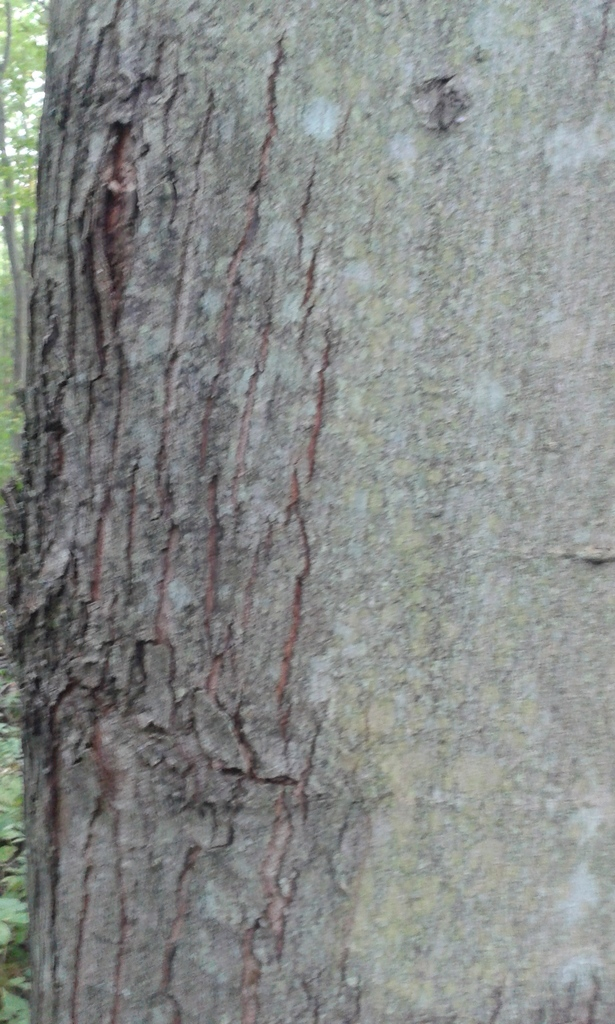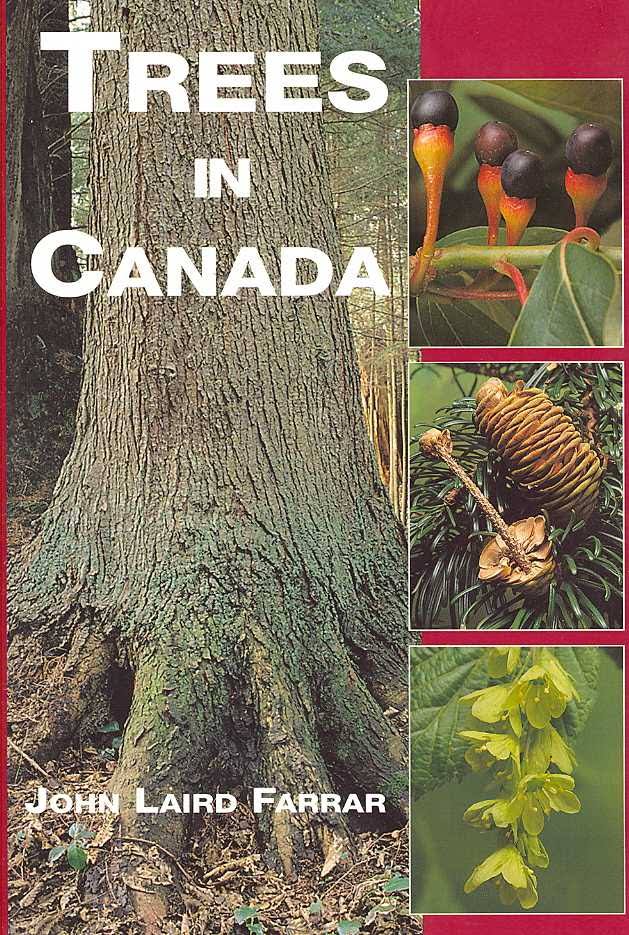
It all begins with a maple tree… how to identify a maple
- There are 7 native species of maples. 4 are preferred for syrup production
- Traditionally called either hard or soft maple in eastern Ontario
- Manitoba Maple and Norway Maple (non-native) may be local, but are considered inferior by most maple producers
Tips for tree identification
- Focus on separating out maples from other species-don’t worry about ID’ing all species at first
- Features that can be used are leaves (most helpful), twigs, branches, crown shape, bark, flowers and seed; the more features you can use the better.
- Fall is ideal time to ID trees while leaves are still on the trees and buds are also formed and visible
- Maples (and ashes) have branches that are opposite; other woodlot tree species are alternate branching
Species Leaf Characteristics, Twigs and Bark of Maples
Sugar Maple

(hard maple) Simple leaf -5 lobes; nearly square lobes with wide rounded notches; few or no wavy teeth on margin; brilliant orange and scarlet in fall; Sharply pointed terminal bud; 4-8 pairs of bud scales; twigs shiny reddish-brown; mature bark divided into firm irregular strips that curl up on one side; bark on older trees becomes scaly; seed drops in fall
Silver Maple

(soft maple) Simple leaf-5 lobes; deep u-shaped notches; sharp, doubly-toothed margin; smooth, silvery underside-noticeable in wind; Twigs often with dwarf shoots and plump reddish flower buds at the tips; twigs unpleasant odour when bruised; bark grey when young, becoming grayish-brown with ridges and loose at ends of plates; found on more moist sites than sugar maple; seed drops by mid-summer
Red Maple
soft maple) Simple leaf 3-5 lobes; doubly-toothed margin; sides of end lobe nearly parallel to mid-rib; notches at almost 90 degree angle and shallow; often red leaf stalk; commonly brilliant scarlet red in fall; twigs same as silver maple but lack unpleasant odour when bruised; young bark grey, becoming very dark with age forming scaly ridges; seed drops by midsummer
Black Maple
(hard maple) Similar to sugar maple; simple leaf with distinct, shallow 3 lobe shape, smooth margins and “fuzzy” underside; an uncommon component in area woodlots; generally has the highest sap sweetness of any maple species
Most common cases of mistaken identity…
- White Ash – but has a compound leaf and deeply ridged bark with a diamond pattern
- Basswood – but has alternate branching, round leaf without lobes; bark is soft enough that a lead pencil will easily penetrate it

Red Maple 
Sugar Maple 
Silver Maple 
White Ash 
Basswood
For beginner producers, fall is the best time of year to identify and mark trees for tapping in the following spring since leaves are still present and buds have formed. With practice, as you spend more time working in your woodlot, identifying maples will become much easier.
Determining which maples are tappable…
- Follow Conservative Tapping Rule:
- no tapping of trees under 12” diameter.
- for 12-18” trees = 1 tap
- for 18”trees and larger = 2 taps
- Tree size can be checked using a length of string with the circumference marked on it for 12” diameter (mark at 37.7” on the string) and 18” diameter (mark at 56.5” on the string) or a tapping gauge
- Flagging tape is used to mark the tappable trees and can indicate the number of taps; a tally of the taps can be made and even noted on a sketch map of the woodlot; coloured chalk marks can also be used
- Trees with major injuries, broken tops, or signs of decay may be of low vigour and not worth tapping; good sap only flows from unstained, white sapwood and is readily seen in the shavings which are produced when drilling the taphole
Proper Tapping…

- Timing: freezing temperatures at night and above 2 degrees Celsius during the day trigger sap flows; tapping too early in the season can lead to drying out of the taphole and reduced sap yields unless a properly installed tubing system is used; tapping too late in the season could miss important sap runs; tapping in deeply frozen wood has been shown to cause damage to the tree through splitting of the inner bark
- Smaller taphole diameters are better for the tree and close rapidly in 1-2 years while still providing good sap yields; tapping has evolved from crude axe slashes to smaller diameter tapholes and spiles made from improved materials; health spiles 5/16” in diameter are commonly used
- New tapholes should be placed to avoid old tapholes (minimum 2” to the side, 12” above or below)
- Avoid seams and wounds on the tree
- Tapholes should be no deeper than 2”– good practice to mark the proper depth on the tapping bit.
- Using a proper tapping bit ensures a clean taphole
- The taphole should have a slight downward slope; position considers ease of placing the sap bucket or slope of tubing
- Taps should be removed promptly at the end of the sap season and left un-plugged to permit proper healing
In Summary,
Maintain forest health by following conservative tapping guidelines which ensures less than 10% of the trees sap volume is harvested.
Avoid rutting the forest floor and damaging roots and trees boles with vehicles and equipment.
Many woodlots may benefit from a proper thinning which can result in improved sap yields. The healthiest forest contains a mix of species and provides a range of values including wildlife habitat.
Prepared by:
Brian A. Barkley, R.P.F.
(Originally prepared for Making Maple Syrup for Beginners –Eastern Ontario Maple Syrup Producers Association 24/9/16 Revised 3/3/19)
A good reference for tree identification…

Trees in Canada by John Laird Farrar
Hardcover, 502 pages
Published September 15th 1995 by Fitzhenry and Whiteside

